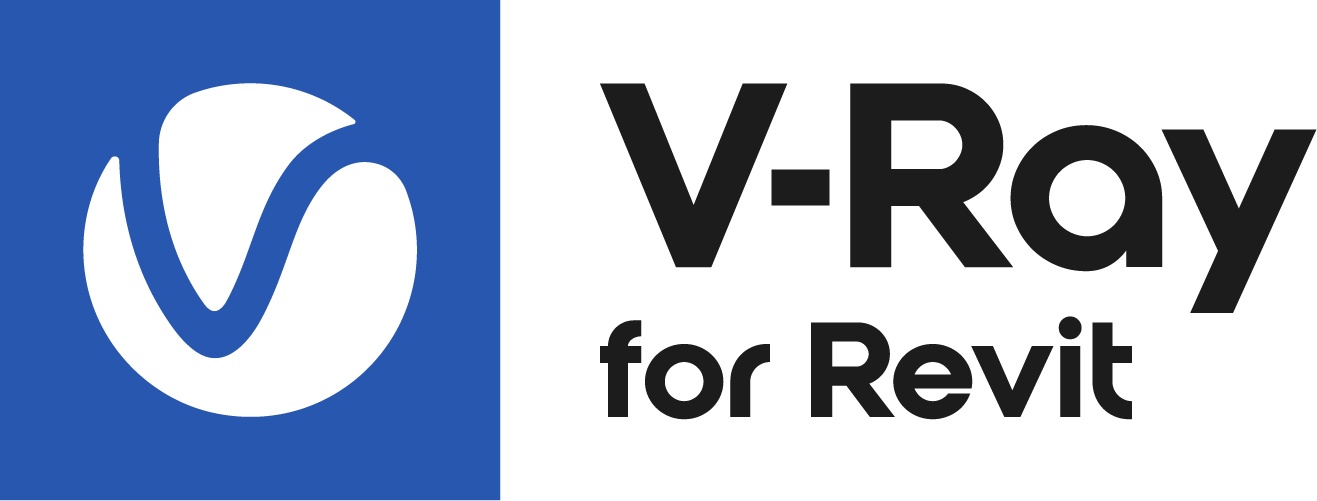This page contains information about the Image Sampler in V-Ray.
Overview
In V-Ray, an image sampler refers to an algorithm for calculating a pixel's color based on the colors within and around it.
Each pixel in a rendering can have only one color. To get the color of a pixel, V-Ray calculates it based on the object's material, direct light striking the object, and indirect lighting in the scene. But within a single pixel there might be multiple colors, which may come from multiple objects whose edge intersect at the same pixel, or even difference in brightness on the same object due to changes in object shape or falloff and/or shadowing of light sources.
To determine the right color for such a pixel, V-Ray looks at (or samples) colors from different parts of the pixel itself as well as the pixels around it. This process is called image sampling. The settings that are available change based on turning on Interactive, Progressive and Bucket from the Renderer tab.
Example: What is Anti-aliasing?
The following example shows the basic difference between an image with anti-aliasing, and one without:
Anti-aliasing off
Anti-aliasing on
The left images are jagged around the edges of the sphere, while the right are smooth. Here are close-ups of the two images:
Anti-aliasing off
Anti-aliasing on
Using Progressive or Bucket rendering
No one image sampler is best for all scenes or workflows. Choosing the best image sampler is usually a matter of experimentation, but there are a few guidelines you can follow.
- Disabling the Progressive toggle is the same as using the Adaptive image sampler type in previous versions of V-Ray. When Progressive is disabled, the image is rendered in buckets.
- Progressive is useful when it is necessary to see overall results quickly (like when placing light, building shaders, or general Look Development work) because it generates the whole image at once and progressively cleans up the noise in it. Additionally, the render can be stopped at any time before resolving completely.
- Progressive is also helpful when a set amount of time to spend per render is needed. This can also be useful when rendering test animations, where the entire sequence must be rendered within a certain time frame.
- Combining the Denoiser Channel with Progressive renders can help with cleaning up render noise.
- Disabling the Progressive toggle when Swarm is Enabled can be helpful for cutting down on network traffic and reducing the loss of information if work is not completed by one or more Swarm nodes.
Image Sampling and RAM Usage
Image sampling require a substantial amount of RAM to store render information. This is especially true for the Progressive sampler, which stores the entire image in memory before beginning the rendering process. The Bucket rendering mode, on the other hand, stores only the summed result of all sub-samples for a pixel and so usually requires less RAM. Using large bucket sizes might require more memory.




